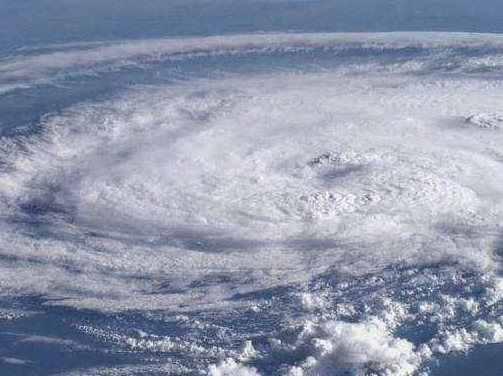(单词翻译:单击)
In The Other Side of Everest, the British mountaineer and filmmaker Matt Dickinson records how Howard Somervell, on a 1924 British expedition up Everest, "found himself choking to death after a piece of infected flesh came loose and blocked his windpipe." With a supreme effort Somervell managed to cough up the obstruction. It turned out to be "the entire mucus lining of his larynx."
在《珠穆朗玛峰的另一侧》中,英国登山家兼电影制片人马特·迪金森记录下了霍华德·萨默维尔的情况。1924年,萨默维尔随一 个英国远征队攀登珠穆朗玛峰,“发现自己一块发炎的肉掉下来,堵住了气管,差一点窒息而死”。萨默维尔费了好大的劲儿才把肉屑咳出来。结果发现,他咳出来的是“喉部的整个蒙古膜”。
Bodily distress is notorious above 25,000 feet—the area known to climbers as the Death Zone—but many people become severely debilitated, even dangerously ill, at heights of no more than 15,000 feet or so. Susceptibility has little to do with fitness. Grannies sometimes caper about in lofty situations while their fitter offspring are reduced to helpless, groaning heaps until conveyed to lower altitudes.
到了7500米以上的高度—即登山运动员所谓的“死亡地带”——身体就会很不舒服;但是,许多人到不了4500米左右的高度就会极度虚弱,甚至病危。敏感程度与身体是否健壮几乎没有关系。有时候,老奶奶在高处生龙活虎,而她们身强力壮的后辈们反而哼哼哈哈,已经吃不消,不得不被送往低处。
The absolute limit of human tolerance for continuous living appears to be about 5,500 meters, or 18,000 feet, but even people conditioned to living at altitude could not tolerate such heights for long. Frances Ashcroft, in Life at the Extremes, notes that there are Andean sulfur mines at 5,800 meters, but that the miners prefer to descend 460 meters each evening and climb back up the following day, rather than live continuously at that elevation.
就人类连续生活的耐受能力而言,极限大约为5500米,但连习惯于生活在高处的人也无法长期忍耐这种高度。弗朗西斯·阿什克罗夫特在《极端条件下的生命》一书中说,安第斯山脉在5800米的高处有硫矿,但矿工们宁可每天晚上往下走460米,第二天再爬上去,也不愿意连续生活在那个高度。


